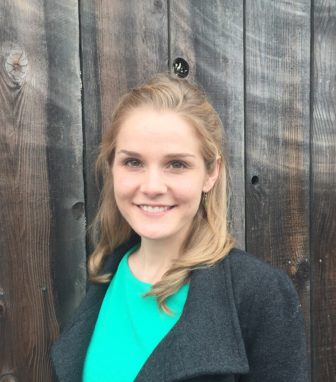 There is growing interest nationwide in designating specialized prison space for young adults under age 25. Although these projects are often couched in the language of treatment and developmental differences, specialty facilities could expose states to a pitfall of multitiered prison systems: targeting some with superficial reforms, while leaving others out.
There is growing interest nationwide in designating specialized prison space for young adults under age 25. Although these projects are often couched in the language of treatment and developmental differences, specialty facilities could expose states to a pitfall of multitiered prison systems: targeting some with superficial reforms, while leaving others out.
Investing in new facilities draws scarce resources and attention away from reforms that work, including local, small-scale and community-driven alternatives to incarceration. Advocates must ensure that these new facilities do not result in increased incarceration or a growing tolerance for inadequate conditions in traditional prisons.
The young adult prison movement’s emphasis on creating “better” conditions for some can relieve decision-makers of the moral urgency needed to improve the system in a way that benefits all. Developing a separate prison system or facility for young adults taps progressive sentiment to advance an initiative that is far from reformist and leaves many behind. These efforts shortchange meaningful progress toward improved public safety by expending political capital on prison improvements in place of investment in the communities hardest hit by mass incarceration.
In January, California Gov. Jerry Brown released a state budget proposal that recommended the construction of a new, stand-alone, 250-bed prison facility for young men ages 18 to 25. This new facility, termed the California Leadership Academy (CLA) would be managed by California’s troubled Division of Juvenile Justice.
If approved, the CLA would increase California’s capacity for incarceration at a time when the state’s prison and jail populations are falling, and when young adult arrests are at historically low levels. The CLA would establish a lasting incentive for incarcerating young people and create a new fiscal burden for the state.
In addition to California, Connecticut, Maine and Pennsylvania have begun to embrace models that provide separate, secure space for young adults. This year Connecticut will reopen an existing facility that has been converted into a prison for young men. In Maine, in response to plummeting rates of juvenile incarceration, the Department of Corrections repurposed the nearly vacant Mountain View Youth Development Center as a facility for young adults ages 18 to 25. Within a larger prison facility, Pennsylvania operates the Young Adult Offender Program for young people ages 18 to 20 who were prosecuted as adults.
These state-level efforts echo a 2014 recommendation by the Office of Juvenile Justice and Delinquency Prevention (OJJDP). In its report, Young Offenders: What Happens and What Should Happen, OJJDP urged states to develop separate facilities for their young adult populations, calling for “special correctional facilities for young adult offenders, with tailored services such as cognitive-behavioral therapy, drug treatment, mentoring, educational and vocational training, and work release programs.”
Proponents of young adult facilities contend that separating younger adults from older ones will improve facility safety and reduce participants' rates of recidivism. But, in truth, the strictures of traditional, large-scale prisons can render services and programming less effective. Attempts at delivering better outcomes through cosmetic changes often result in the same safety, conditions, and services problems that plague traditional prisons. Moreover, they overlook the impact of incarceration on the outcomes that matter most in the lives of young people — healthy development and access to opportunity.
In California, for example, the state developed the California Youth Authority (CYA) in the early 1940s in an attempt to create safer facilities for youth and young adults. However, as described in “After the Doors Were Locked” by Daniel Macallair, the Youth Authority was soon beset with scandal and abuse. This failure was rooted in the CYA’s emphasis on placing large numbers of young people in remote, secure facilities, which bred violence.
Past “[e]fforts to redesign the architecture, restructure programming, introduce new leadership, and change the population did little to alter the daily reality of life in a congregate institution,” Macallair explained. By contrast, community-based approaches are particularly effective at maintaining public safety and ensuring that services are delivered where and when they are needed most.
In California, the public and private resources required to develop the CLA could derail the state’s growing commitment to reducing its incarcerated populations and investing in local alternatives. While young people certainly deserve access to services that address their needs, youth justice advocates and state lawmakers nationwide must critically examine reforms that promise a softer approach for young people, but risk an expansion of incarceration.
As criminal justice reform becomes a bipartisan priority, advocates must be wary of reform efforts that absolve decision-makers of the responsibility for instituting comprehensive reforms and risk increasing state reliance on lock-ups.
Maureen Washburn is a member of the Policy and Communications team at the Center on Juvenile and Criminal Justice.